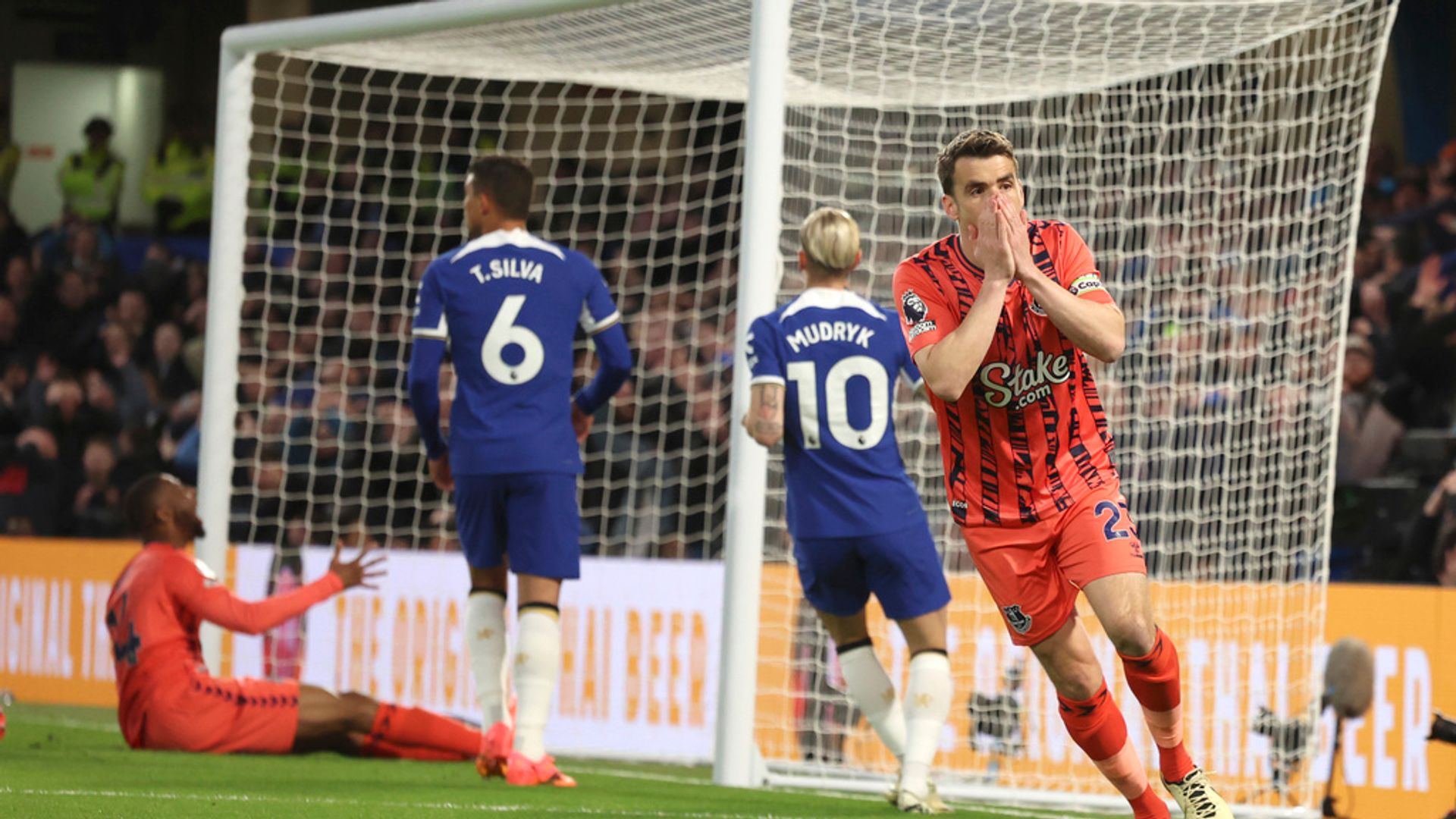The data paints a pretty mixed picture. There have been gains in key areas but many cancer targets are still being missed.
The government wants improvement in two particular areas. It has tasked health leaders to bring cancer waiting times back below pre-pandemic levels.
The 62 day backlog – the target time it takes for people with suspected cancer having a confirmed diagnosis and to start treatment – is a top priority. And here there have been improvements for consecutive months.
Another focus for improvement is the faster diagnosis standard. And here too there have been gains.
This has been achieved by giving extra support to struggling trusts identified through a tier ranking and the deployment of mobile diagnostics and screening services to targeted areas.
NHS National Medical Director, Professor Sir Stephen Powis, said: “Today’s figures show just how hard NHS staff are working to deliver the best possible care for patients, despite ongoing significant demand and a difficult recovery journey – it is particularly encouraging to see we have met the 28-day faster diagnosis target for cancer for the second month in a row, making sure people receive a definitive diagnosis or the all clear within four weeks, which we know is really important for patients.
“Improvements in urgent and emergency care continue, with ambulances responding to emergency calls faster, and more people being seen within four hours in A&Es despite a record April for attendances and admissions.
“The data also shows the huge efforts as part of the NHS elective recovery plan to treat those who have been waiting the longest for routine treatment are paying off, and while we know that there is further to go, we will continue to work to build on the improvements made so far throughout this year.”
There are still too many patients waiting longer than two months to start treatment for cancer, after an urgent GP referral. The target is 15%. The actual number is double that.
Please use Chrome browser for a more accessible video player
And many cancer experts will argue that pre-pandemic levels set a low bar as the country’s cancer detection and treatment services were already far behind comparable health care systems in other countries. The improvements are welcome but with the caveat that there is still some way to go.
The same can be said in other areas of care and treatment. While the focus is on cancer, we must not forget the elective waiting list is still at a record high, some 7.5 million in March.
That’s 6.3 million people still waiting, often in pain, for treatment. And the longer they wait the greater the risk of their condition worsening and needing more care.
A cycle that needs to be broken.
Read more:
Prostate cancer screening trial could cut deaths by 40%
CoppaFeel! founder Kris Hallenga dies aged 38
Infected blood compensation ‘to be extended’ to bereaved children
Keep up with all the latest news from the UK and around the world by following Sky News
The data also shows that the cancelled operations target was missed. That’s the number of patients who were not treated within 28 days of an operation being cancelled.
The Royal College of Surgeons described this as “unacceptable”. Again this compounds the problem and risks undermining any long term ambitions.
Responding to the data, Siva Anandaciva, chief analyst at The King’s Fund, said: “It has been nearly a decade since A&E performance targets were reliably met, and there is little prospect of performance substantially improving in the near future.
“It is patients and staff who are bearing the brunt of the deterioration in NHS performance over the past ten years.
Be the first to get Breaking News
Install the Sky News app for free
“Successive governments have failed to invest in services to keep people well and outside of hospital. At the same time, NHS buildings and equipment have been allowed to degrade and become dilapidated.
“The government will need to prioritise both of these areas if it wants patients to receive the urgent and emergency care they truly need.”





